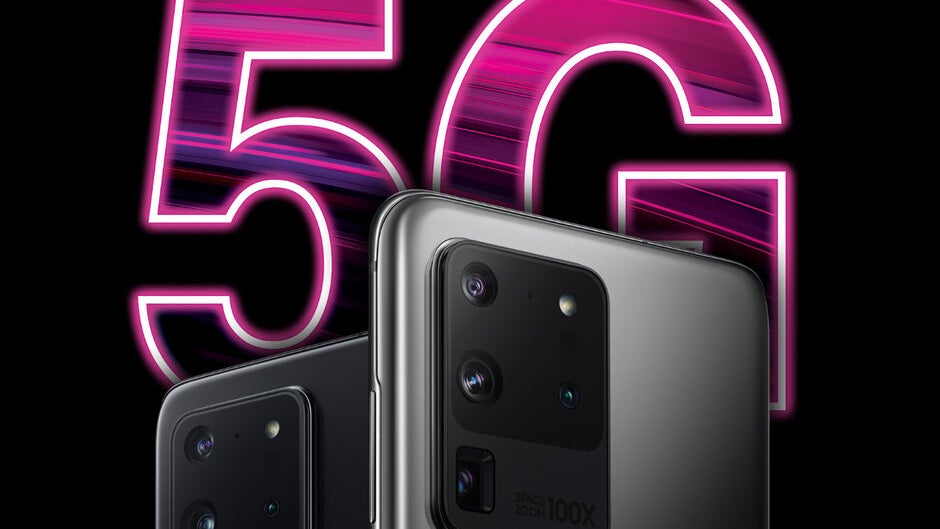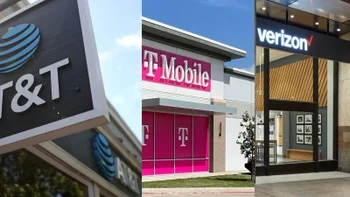5G speeds are great, but they come at a cost

The 5G revolution may have plenty of virtues outside its speed advantages, like the ability to maintain many more connections on one tower or base station than your typical 4G dispenser, and way less latency than its predecessor the 4G LTE standard, but it's power-intensive.
By that we don't mean that it takes a heavier toll on your phone's battery and resources, although this is unabashedly true. The 5G modem of flagship system chips like the Snapdragon 865 is still sitting pretty and separate from the mobile chipset, especially if you want mmWave 5G bands support like at Verizon, and it requires much more antennas all around the device as the high-band signal can't penetrate even your palm easily.
Those combined factors contribute to the more power-intensive nature of the 5G connectivity on the phone side, but interestingly there is a similar trend on the supply side, i.e. towers and base stations.
By how much exactly? Well, how about up two to four times the power draw, especially in mmWave areas at densely populated urban areas that require base stations at every thousand feet or so. The analysis comes courtesy of Matt Walker from MTN Consulting (via Fierce Wireless), and he envisions that 5G will push network operating costs higher.
We estimate that telcos spend on average 5-6% of their operating expense (opex) — excluding depreciation and amortization (D&A) — on energy costs, usually reported as “utilities”. With the shift to 5G mobile access networks, there will be upwards pressure on this ratio.
A typical 5G base station consumes up to twice or more the power of a 4G base station. The disparity can grow at higher frequencies, due to a need for more antennas and a denser layer of small cells. Edge compute facilities needed to support local processing and new Internet of things (IoT) services add to overall network power usage. The bottom line is that, in an increasingly 5G world, telcos will face significant growth in their energy bills. To address this issue, telcos will need to take actions at the organizational, architectural, and site levels.
With the New T-Moile looming on the horizon, and its cross-pollinated spectrum holdings, the shift to 5G will be speeding up even in these trying coronavirus times. As carriers and their MVNOs face increased fixed and operating cost pressures with the move to the new wireless standard, those costs may very well be passed on to the consumers as we face the gradual switch to 5G connectivity.
Follow us on Google News














Things that are NOT allowed:
To help keep our community safe and free from spam, we apply temporary limits to newly created accounts: